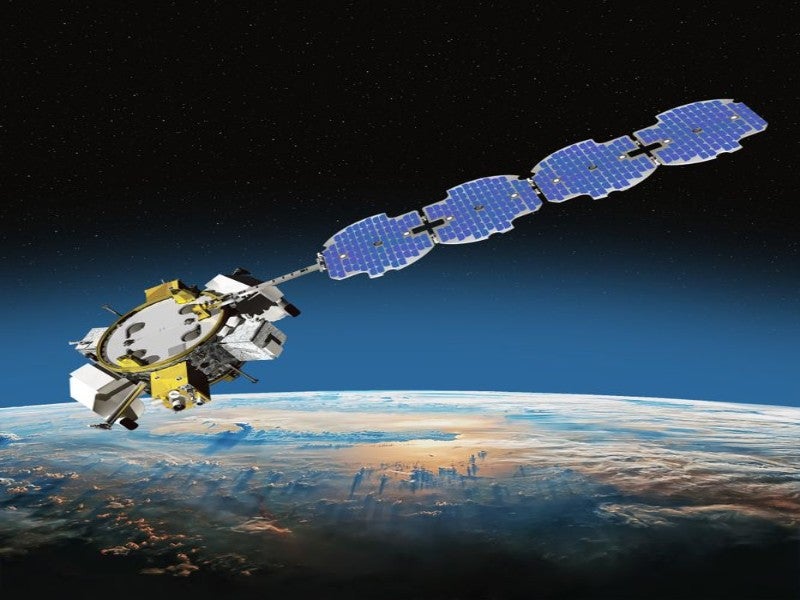
The US Space Systems Command (SSC), Northrop Grumman and other mission partners have successfully launched the US Space Force (USSF)-67 mission.
The mission lifted off from Launch Complex (LC)-39A at Kennedy Space Center, Florida, abroad SpaceX’s Falcon Heavy rocket.

Discover B2B Marketing That Performs
Combine business intelligence and editorial excellence to reach engaged professionals across 36 leading media platforms.
The newly launched mission consists of two co-manifested satellites, namely Continuous Broadcast Augmenting SATCOM (CBAS)-2 and Long Duration Propulsive Evolved expendable launch vehicle Secondary Payload Adapter (ESPA or LDPE-3A)
The forward spacecraft, CBAS-2, will be deployed in the geosynchronous orbit to deliver communications relay capabilities to support the country’s senior leaders and military combatant commanders.
The second satellite, LDPE-3A, will be responsible for delivering critical data to support the USSF’s future programmes.
The satellite also carried two SSC payloads, named catcher and WASSAT, as well as three payloads developed and provided by the US Space Rapid Capabilities Office (SRCO).

US Tariffs are shifting - will you react or anticipate?
Don’t let policy changes catch you off guard. Stay proactive with real-time data and expert analysis.
By GlobalDataOut of the three SRCO payloads or operational prototypes, one will deliver secure space-to-ground communications. The other two will provide enhanced situational awareness to the warfighters.
Northrop Grumman is also responsible for providing a mission execution software system for the entire LDPE programme.
The USSF-67 mission marks the third launch under the Long Duration Propulsive Evolved (LDPE-3A) programme.
The first mission, carrying LDPE-1, under this programme was launched in December 2021. It preceded the launch of the second mission, named USSF-44, in November last year.
The LDPE-3A spacecraft has been developed using Northrop Grumman’s ESPAStar platform that provides rapid access to space.
Northrop Grumman national security systems vice-president Troy Brashear said: “From conception and development of next-generation space technology, like ESPAStar, to on-orbit command-and-control, we are prepared to support the full lifecycle of our customer’s missions throughout the ever-evolving threat environment.”



